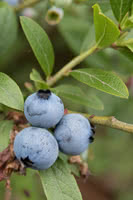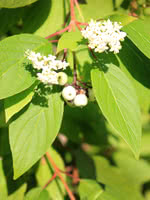Mon-Fri 9am - 5pm Mountain time
Yellow Twig Dogwood vs Lowbush Blueberry
Vaccinium angustifolium
Cornus sericea flaviramea
CUSTOM GROW
Lowbush Blueberry, commonly known as the Wild Lowbush Blueberry, is often wild-harvested and thrives in low pH acidic soil. This early low-bush blueberry produces white and pink bell-shaped flowers in the spring. Its fruit is smaller in size than high bush blueberry plants and is more flavourful with an intense blueberry taste-masking it perfect for fresh eating, baking, and preserves.
Note: Blueberries require very specific soil conditions. They need well-drained soil with a pH between 4.5 and 5.0. If the starting pH of your soil is between 5.1 and 6.2 you can lower it by adding sulfur. We recommend against planting blueberries in soil with a starting pH greater than 6.2. Please do your own research before buying any blueberry plants.
Yellow Twig Dogwood is a small deciduous shrub with attractive, bright yellow bark.
It features delicate white, star-shaped flowers and white fruit. It is often used as a screen, and its wide-spreading roots help stabilize areas experiencing soil erosion.
Yellow Twig Dogwood complements Red Osier Dogwood, and it is a great filler to add winter color to shrub and flower gardens.
Lowbush Blueberry Quick Facts
Yellow Twig Dogwood Quick Facts
In row spacing: 0.9 m (3 ft)

